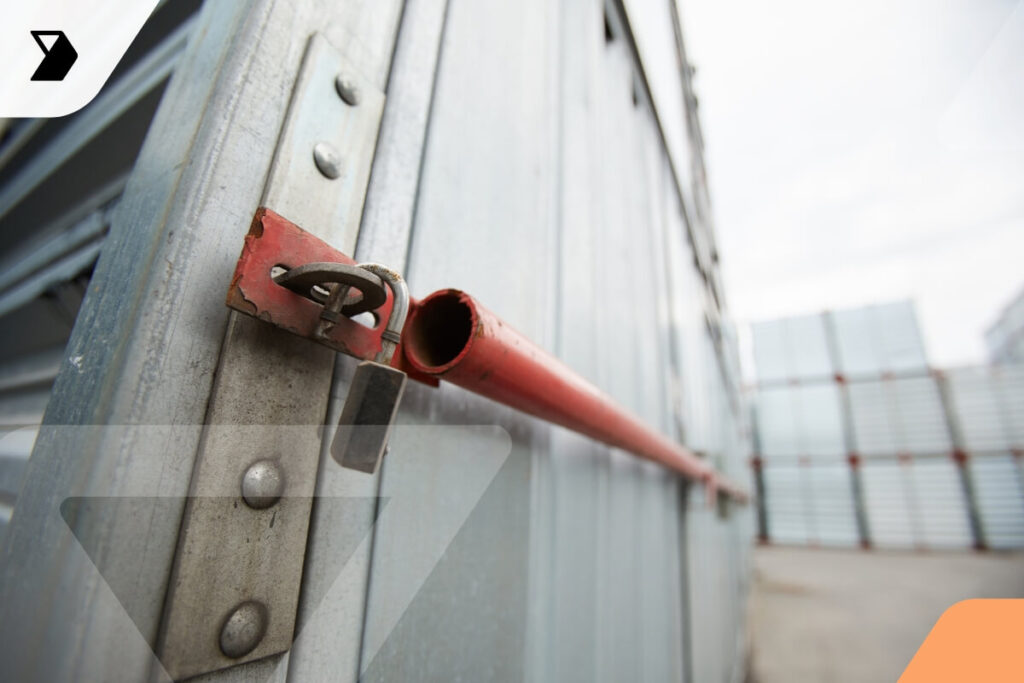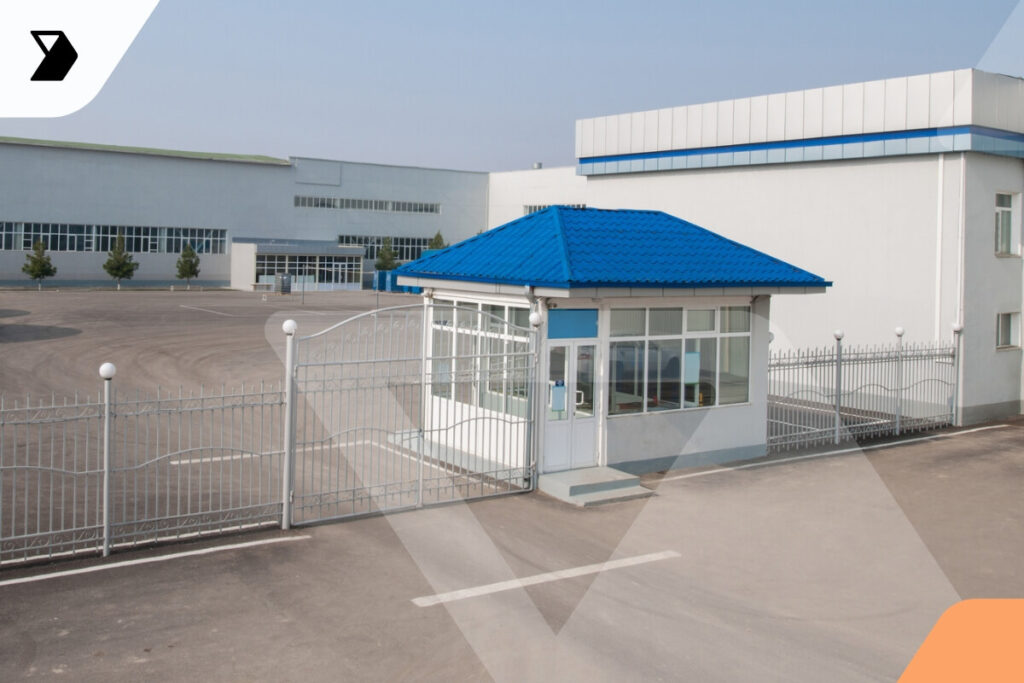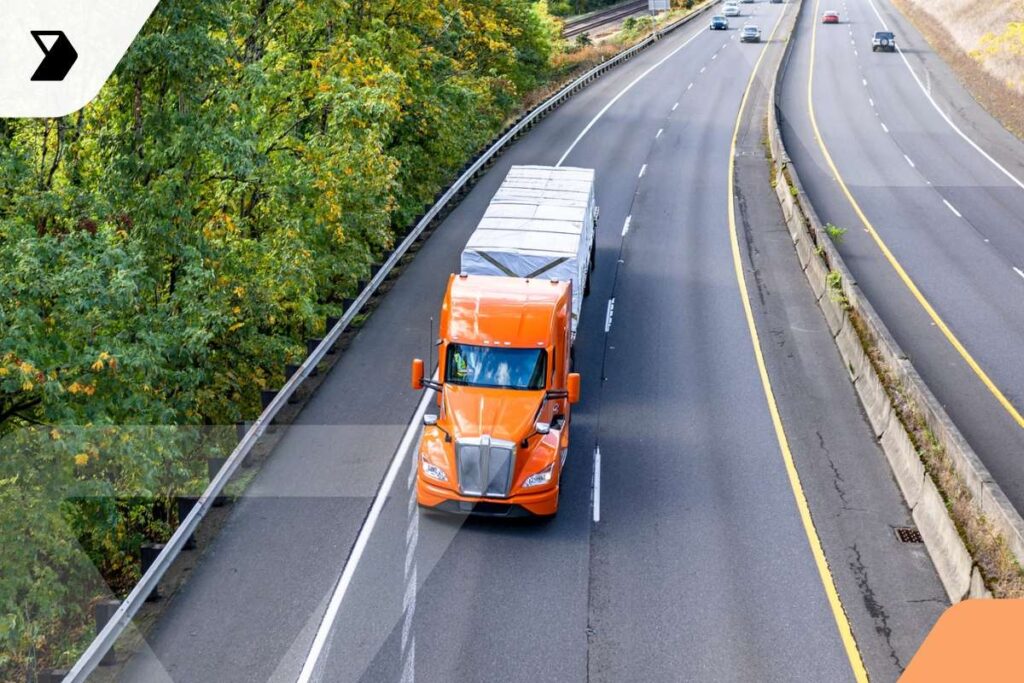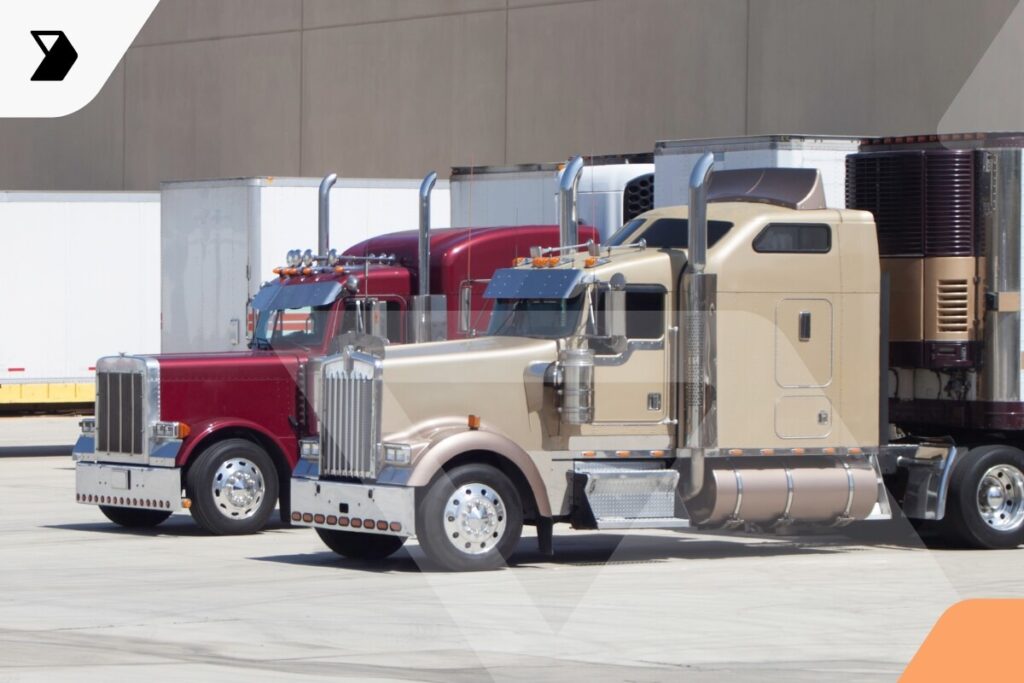How Can Fleet Managers Make Their Department More Eco-friendly
These days, almost every company uses vehicles for some of their activities.
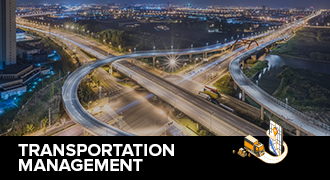
But, if they are committed to making their operations truly eco-friendly, fleet management is one area where modern organizations will need to focus their attention.
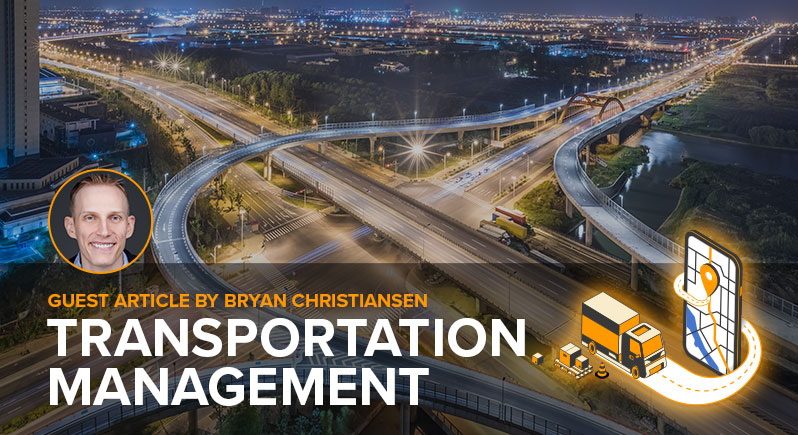
Fleet managers work to strategically plan and control the mobility requirements of companies. However, they also play a role in minimizing the challenges of eco-friendly transportation that exist today.
For years now, vehicles – whether personal, commercial, or industrial – have been identified as a major contributor to global warming.
The United States Environmental Protection Agency (EPA) reports that Greenhouse gas (GHG) emissions from transportation account for about 28 percent of total U.S. greenhouse gas emissions, making the transport sector the largest contributor of U.S. GHG emissions.
As a fleet manager, here are a few things you could do to make your department more eco-friendly and make a difference.
Get the team’s buy-in
To help guarantee long-term success, start with an inclusive strategy to get everyone on board with the eco-friendly ideology. Everyone needs to understand the “why” of eco-friendly principles and methods as well as the “how.” Besides that, be clear on set goals and timelines and how progress will be measured along the way. That said, remember to be flexible and encourage team members’ feedback.
If you’re not using one yet, look into adopting a telematics solution: they have become an essential tool for fleet sustainability strategies because they provide the data needed to set and measure goals.
With vehicle telematics, you can do many different things like:
- Generate reports to track data like speed, trip distance and time, idling, harsh braking, seat belt use, fuel consumption, vehicle faults, battery voltage, and other engine data.
- Improve route management and reduce miles driven by scheduling routes better, avoiding heavy traffic times, unnecessary trip overlaps, and combining trips to reduce movement.
Research and adopt better fuel management.
Fuel management is a major concern for all fleet owners. Of course, fuel consumption will vary for different vehicles depending on several inherent factors (e.g., vehicle brand, engine size, age, etc.). The data derived from your telematics reports will give you more insights on where to start focusing your efforts.
Here are a few recommendations to help improve fuel consumption:
- Employ cloud-based fuel monitoring apps like Simply Fleet or Samsara. Drivers can view and manage fuel cards, log fuel on the go, and detail their expenses, among many other features.
- Procure and use more fuel-efficient vehicles like EPA Certified SmartWay Vehicles, or replace specific components with newer ones where possible.
- With telematics features (e.g. the in-cab alerts), you can monitor and tackle harmful practices like harsh braking and engine idling. Continuous driver training is also essential.
- Manufacturers are continually researching better innovations to increase fuel efficiency, so be on the lookout for new information about these technologies. Try testing one technology at a time to see if the ROI works for your organization.
Eco-friendly parts disposal and management.
Vehicle parts will require replacement from time to time. Therefore, if you overlook this area, the waste generated from your department can quickly add up. Some ideas you could consider are:
- There are recycled vehicle spare parts available on the market for almost every part imaginable – from tires to windshield glass, batteries, radiators and transmissions, rubber hoses, carpets, car seats, belts, oil filters, mats, and more. Using recycled parts can dramatically reduce the waste generated and reduce landfills.
- Purchase tried and trusted brands that offer more durable parts. This will reduce the waste you generate in the long term.
- Significantly reduce paper usage and waste by adopting digitized processes like
contactless pickup and delivery.
Adopt preventative maintenance.
Optimize your fleet by proactively maintaining each vehicle. There’s so much information, resources, software solutions, and tools available to help you keep your fleet in good running condition.
Your fleet simply will not thrive without a maintenance program.
However, you’ll need to be strategic about this. For instance, as early as possible, plan and implement a Maintenance, Repair, and Operations (MRO) strategy suitable for your organization. The objective is to help reduce breakdowns, emissions, fuel consumption, and costly emergency repairs. Other things you could do are:
- Train drivers to be proactive about daily checks like tire inflation, oil changes, etc. These seemingly little things can accumulate to negatively impact the overall performance of your fleet.
- Consider using biodegradable and environmentally friendly cleaning products, oils, and fluids.
- Regularly analyze your maintenance costs across the board, as sudden spikes in expenses often indicate a problem.
In conclusion
In addition to the above, there’s still so much you can research to help make your department more eco-friendly. More and more companies are looking into green or plant-based car products, parts, and oils. They are also actively exploring alternatives to fossil fuel vehicles.
Find what works for your fleet and gradually begin to make the changes.
Bryan Christiansen is the founder and CEO of Limble CMMS. Limble is a modern, easy to use mobile CMMS software that takes the stress and chaos out of maintenance by helping managers organize, automate, and streamline their maintenance operations.
Subscribe to stay updated on Vector and logistics trends
" " indicates required fields
Continue reading
Ready to transform your supply chain?
Increase efficiency and productivity. Say goodbye to delays, handwriting errors, and time-intensive manual data entry.

